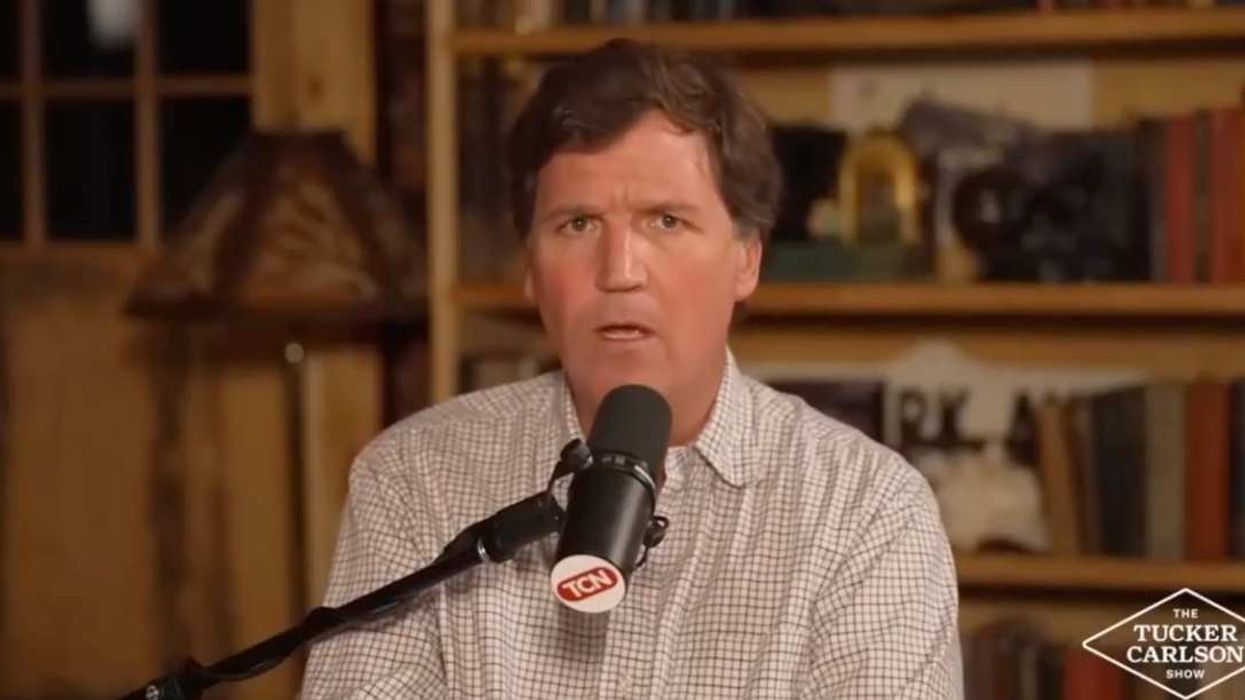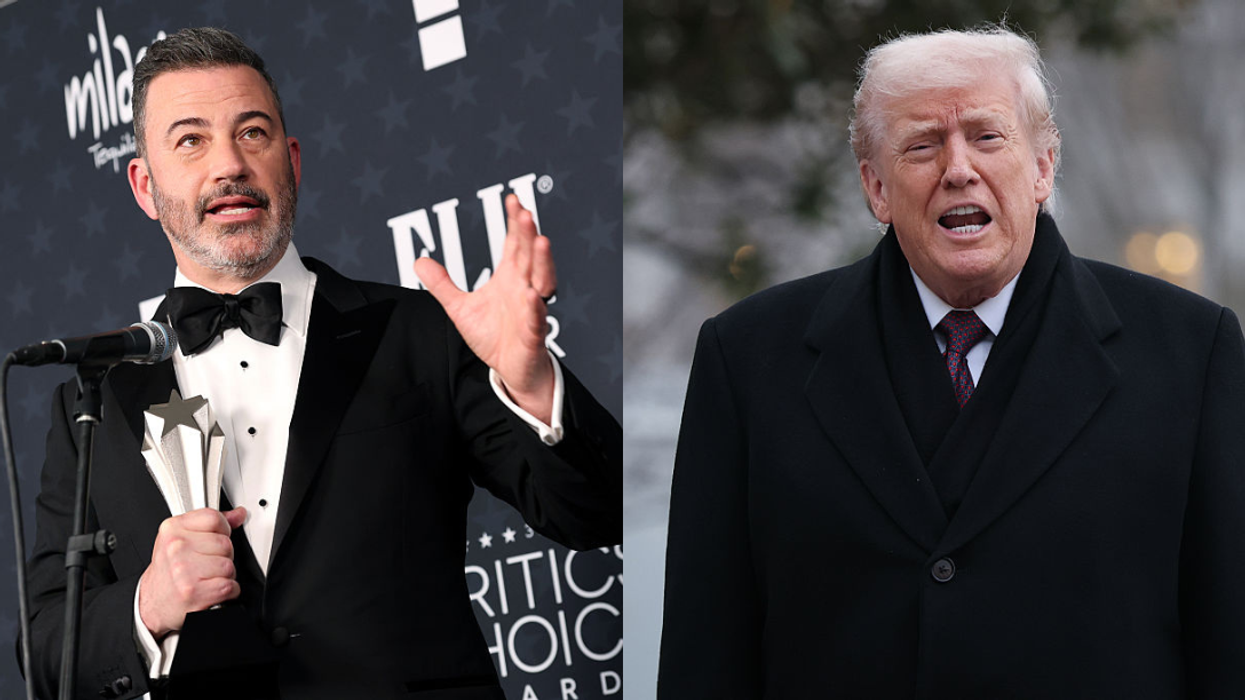Bison as with all wildlife in Yellowstone National Park are wild. Visitors shouldn't touch them, yet every year people do which results in injury or death for people or animals.
Park regulations require visitors stay at least 25 yards (75 feet) from all wildlife except bears and wolves which require a minimum of 100 yards (300 feet) distance be maintained.
Unfortunately an as yet unidentified man decided to ignore park regulations, resulting in the eventual euthanizing of a newborn bison calf.
\u201c(News Release) Yellowstone law enforcement officers investigate incident of a man intentionally disturbing a bison calf; incident results in death of calf. Visitors: Respect wildlife by giving them room to roam. More: https://t.co/A8mJc9WeaR\n\nPhoto courtesy / Hellen Jack\u201d— Yellowstone National Park (@Yellowstone National Park) 1684882029
Despite bison surviving for millennia in North America without human intervention, the man decided a newborn bison calf needed his help.
Yellowstone National Park reported:
"An unidentified White male in his 40-50's, wearing a blue shirt and black pants, approached a newborn bison calf in Lamar Valley near the confluence of the Lamar River and Soda Butte Creek."
"...the man pushed the calf up from the river and onto the roadway. Visitors later observed the calf walk up to and follow cars and people."
While the calf's original situation might have resulted in its death, the man's choice to interfere ensured its demise.
Every year the wildlife in national parks are born, live and die without tourists' help. The animals that die become food for predators and scavengers.
It's a fact of life that tourists should recognize and respect—or limit their interactions with wildlife to zoos.
The National Park Service stated:
"Interference by people can cause wildlife to reject their offspring. In this case, park rangers tried repeatedly to reunite the calf with the herd. These efforts failed."
"The calf was later killed by park staff because it was abandoned by the herd and causing a hazardous situation by approaching cars and people along the roadway."
The NPS continued:
"Approaching wild animals can drastically affect their well-being and, in this case, their survival."
"Disregarding these regulations can result in fines, injury, and even death."
"The safety of these animals, as well as human safety, depends on everyone using good judgment and following these simple rules."
Some recognized the man ignored park regulations, dooming the calf.
\u201c@YellowstoneNPS Unbelievable!!! What is wrong with people?? I hope they find this individual and he spends sometime in the \u201cYellowstone Jail\u201d.\u201d— Yellowstone National Park (@Yellowstone National Park) 1684882029
\u201c@YellowstoneNPS The National Parks are not zoos.\u201d— Yellowstone National Park (@Yellowstone National Park) 1684882029
\u201c@YellowstoneNPS Nature should've taken its course. The calf shouldn't have been rescued, and once the herd rejected it, the wolves or bears should've taken it from there. Nature is what it is.\u201d— Yellowstone National Park (@Yellowstone National Park) 1684882029
But online armchair park rangers demonstrated why NPS has to rescue tourists and euthanize wildlife unnecessarily.
They, of course, knew more than wildlife and conservation professionals.
\u201c@YellowstoneNPS \u201cincident results in death of calf\u201d\nBecause you killed it, right? Not because of what the man did? I feel like the blame here falls more on you guys.\u201d— Yellowstone National Park (@Yellowstone National Park) 1684882029
\u201c@YellowstoneNPS So the article basically says that because the bison didn't drown like the park wanted, they had to intervene and kill it themselves?\u201d— Yellowstone National Park (@Yellowstone National Park) 1684882029
\u201c@YellowstoneNPS \u201cMan rescues calf from drowning but is a villain ackshually because bureaucrats then were forced to shoot the baby because of regulations\u201d\u201d— Yellowstone National Park (@Yellowstone National Park) 1684882029
Other uninformed experts questioned why the NPS couldn't fix the man's mistake by sending a newborn calf to a nonexistent rescue.
\u201c@YellowstoneNPS "resulted in it's death" true, but not, the park rangers uthinized it. I understand this is common practice, but they could have saved it by having a resuce agency raise it, or at least try.\u201d— Yellowstone National Park (@Yellowstone National Park) 1684882029
\u201c@YellowstoneNPS Why could it not have been taken to a zoo\u201d— Yellowstone National Park (@Yellowstone National Park) 1684882029
But farmers and ranchers pushed passage of strict regulations for moving bison out of Yellowstone.
NPS informed those ignorant of the laws they're required to abide by.
\u201c@xXcowpunkXx Federal and state regulations prohibit the transport of bison out of Yellowstone unless those bison are going to meat processing or scientific research facilities. The use of quarantine for a newborn calf that's abandoned and unable to care for itself is not a good candidate.\u201d— Yellowstone National Park (@Yellowstone National Park) 1684882029
\u201cFor those asking why we didn't send the calf to a wildlife sanctuary.\u201d— Yellowstone National Park (@Yellowstone National Park) 1684882029
One person—who did the reading—recommended the laws be rewritten.
\u201c@YellowstoneNPS It's obvious that the man pictured here is the culprit that led to the death of the bison calf and that the park had no choice but to follow federal law but that law needs to be changed to allow transfer of said animals to a more humane alternative for when these incidents do\u2026\u201d— Yellowstone National Park (@Yellowstone National Park) 1684882029
However a change in law doesn't negate the viability issues of a newborn animal or the expense of transport and care.
Large animal rescue and rehabilitation organizations are rare because of the logistics and expense.
A sad event all around.
Yellowstone National Park said the incident is currently under investigation and asked that anyone with information on the visitor who disturbed the calf call the Yellowstone National Park Tip Line at 307-344-2132 or email them at YELL_Tip@nps.gov.

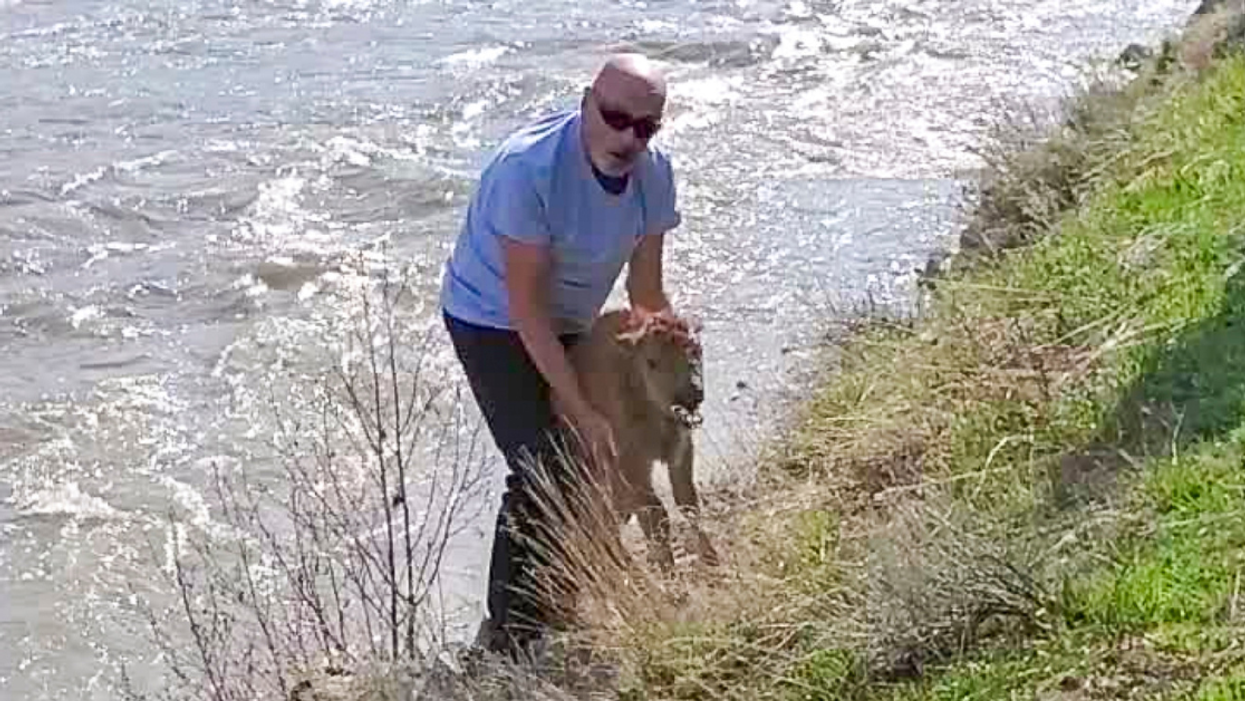


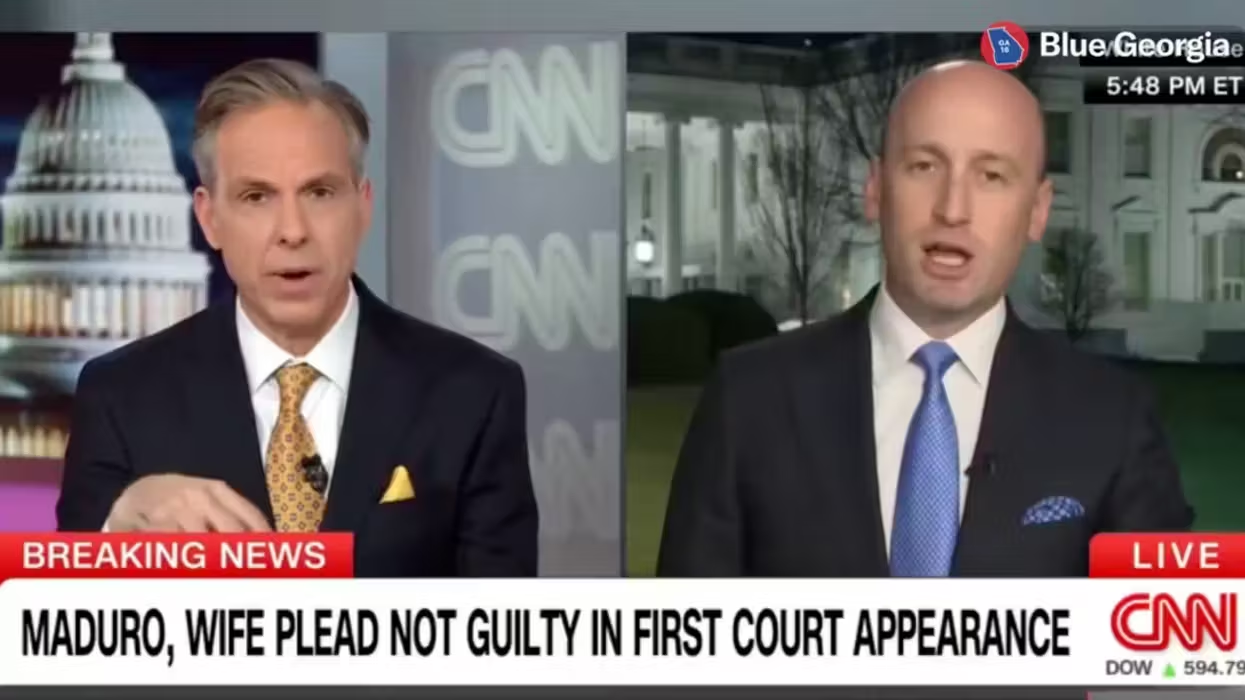
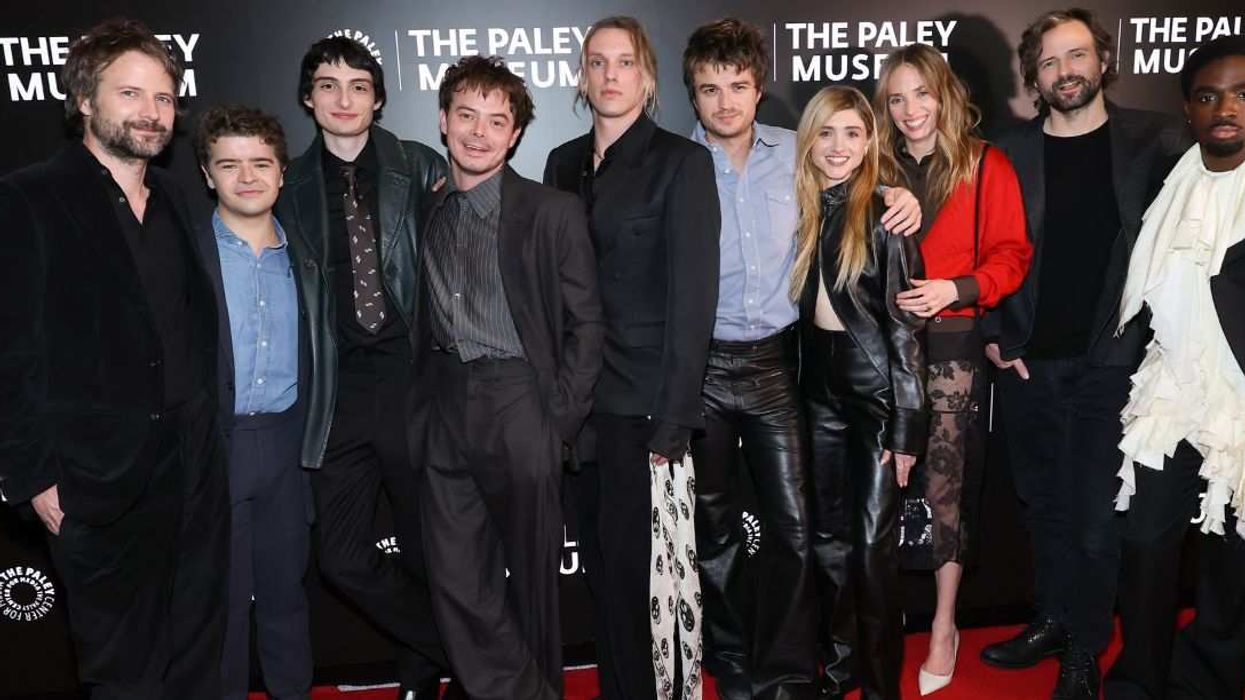
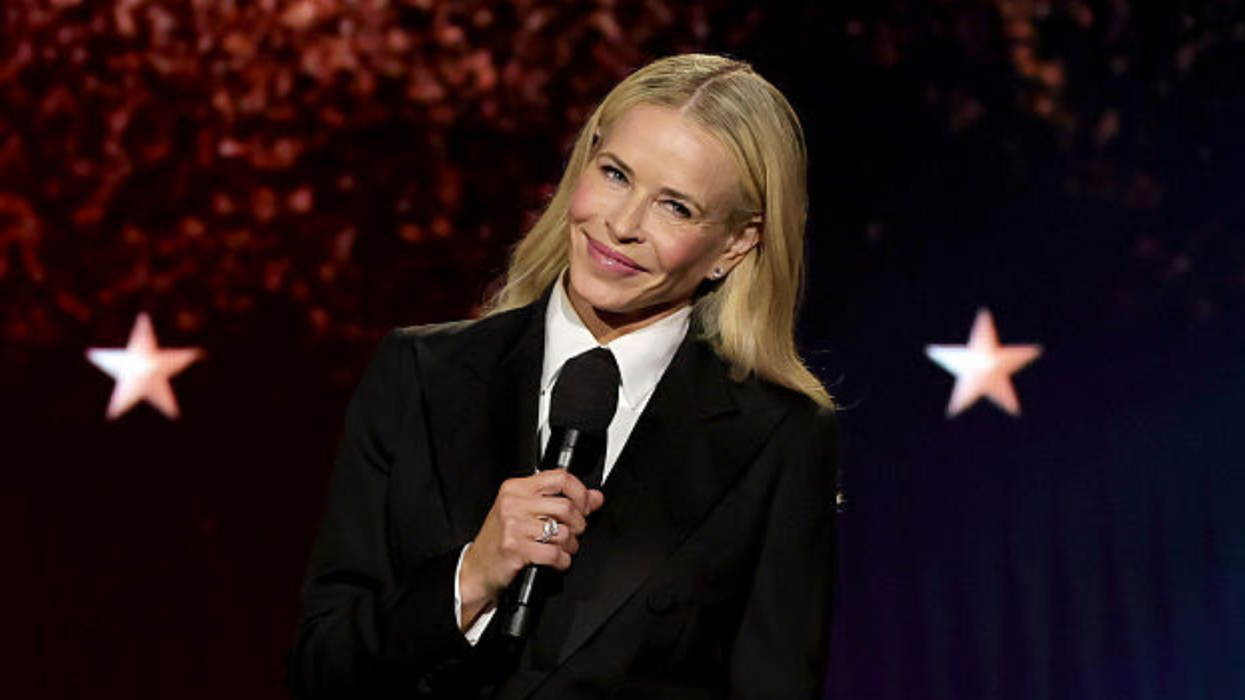

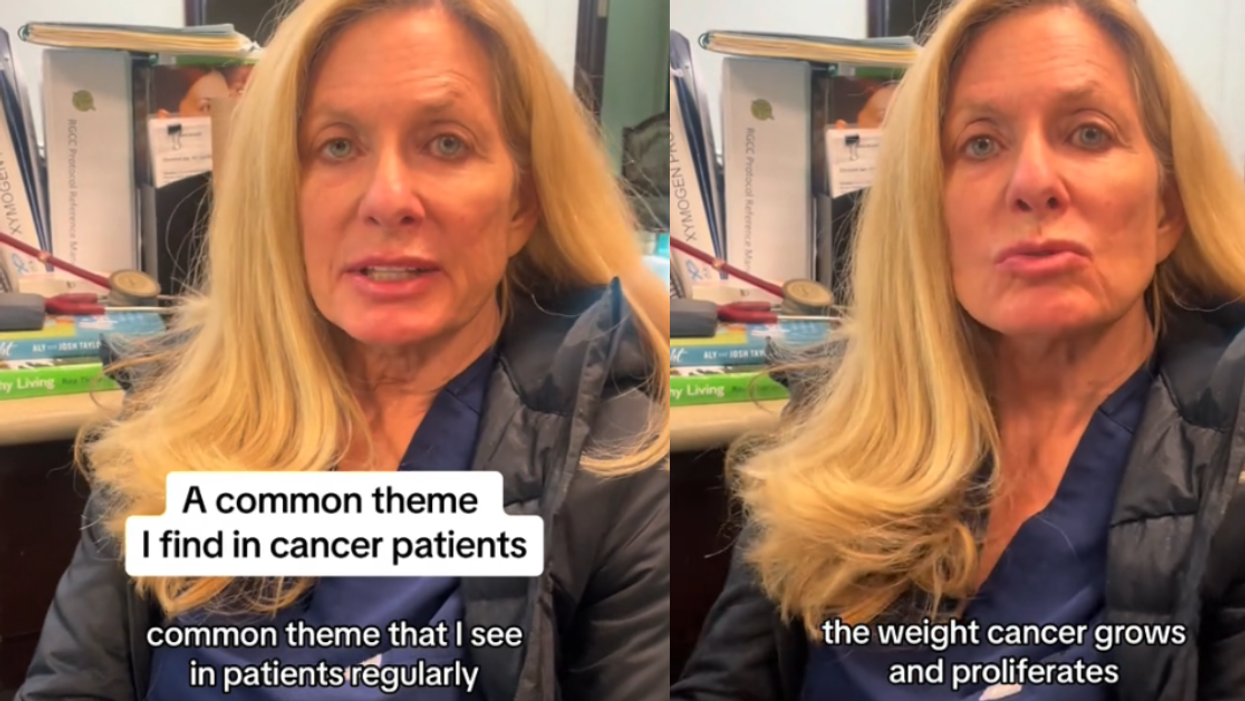
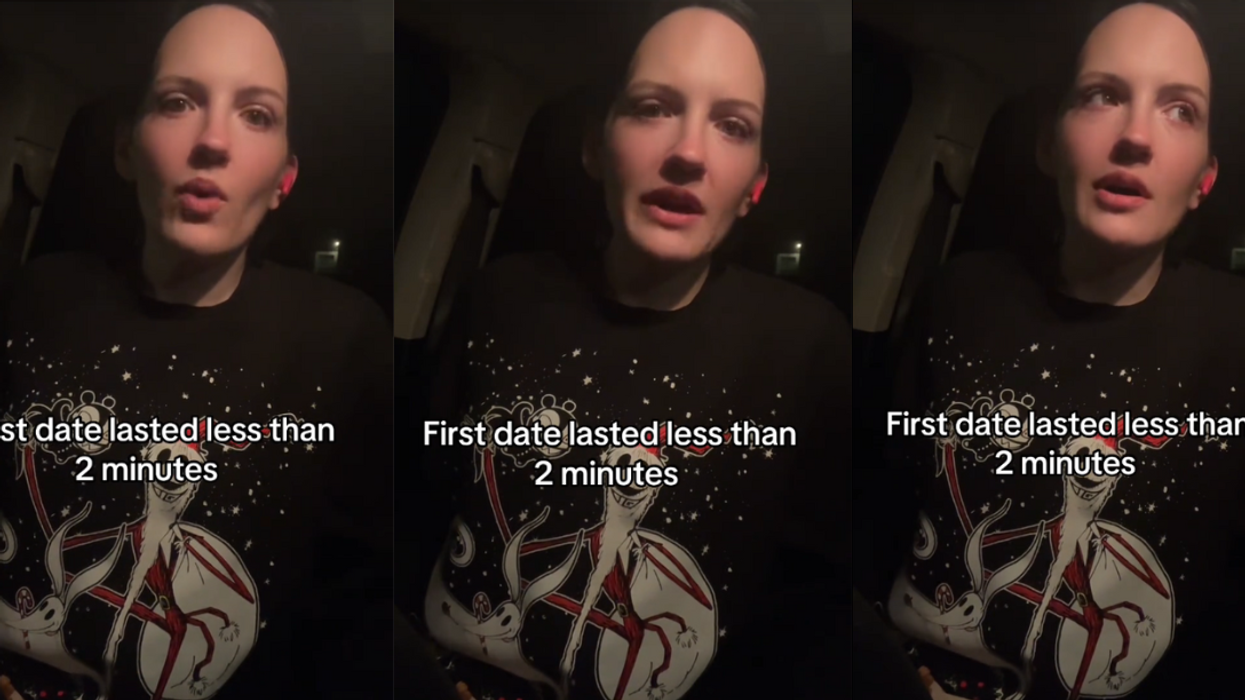
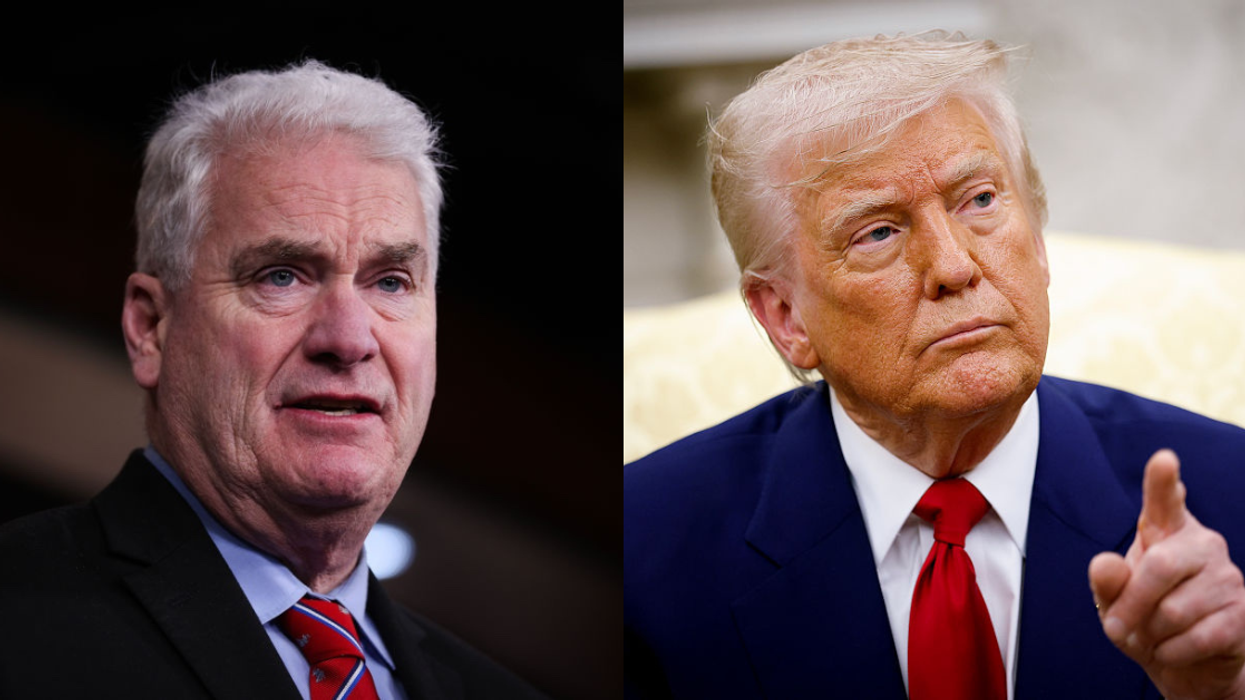
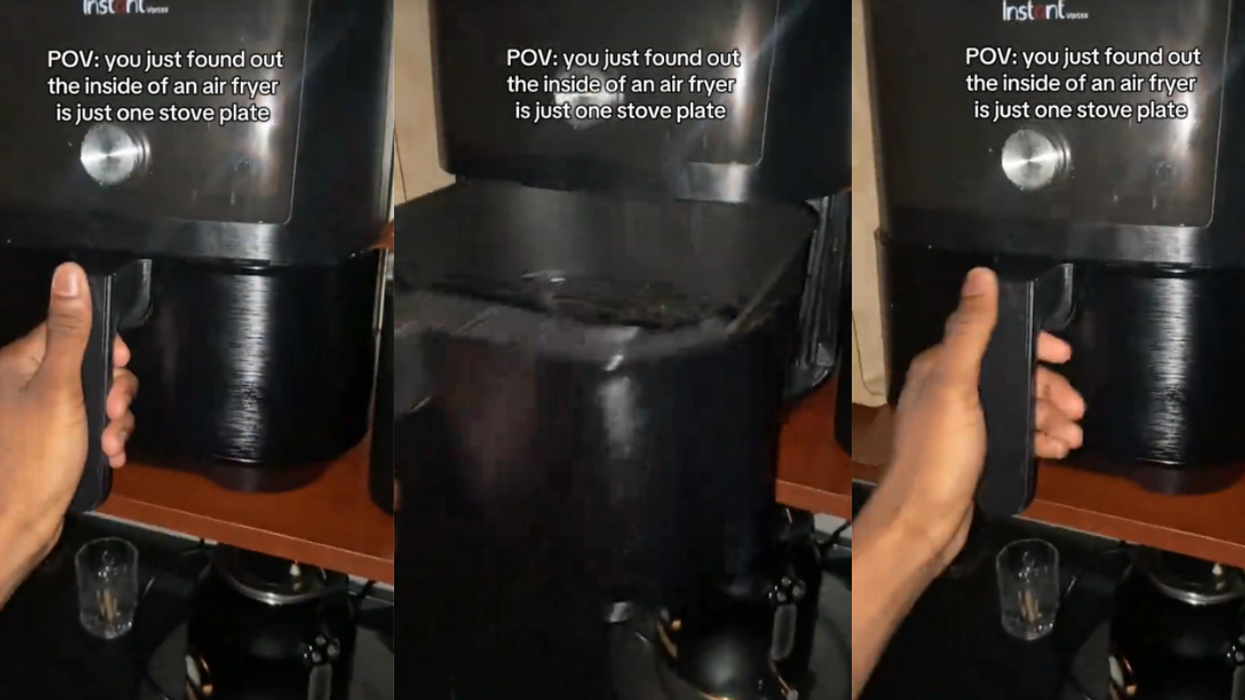
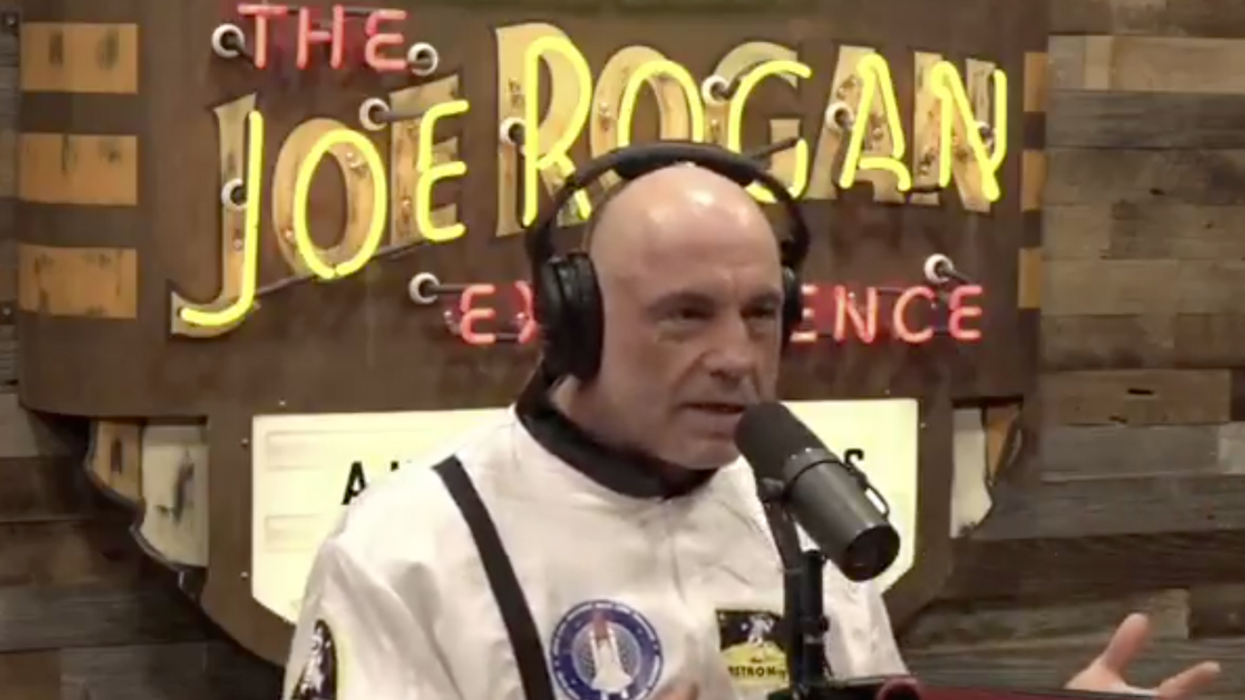
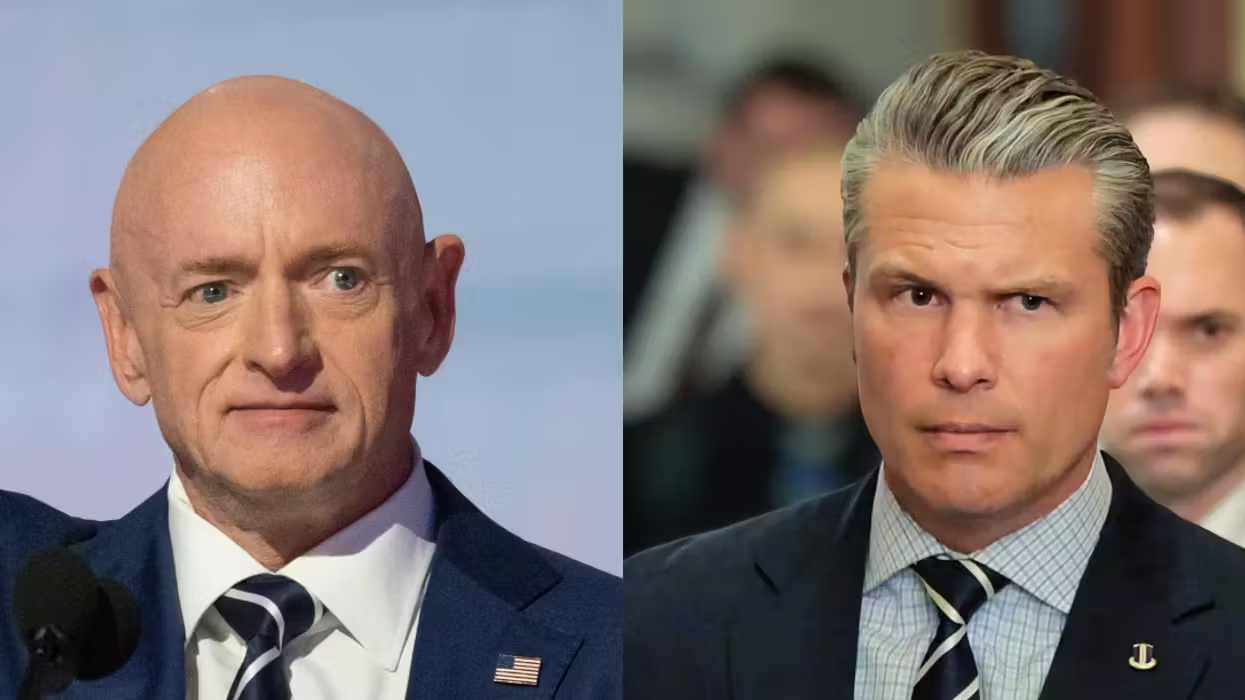
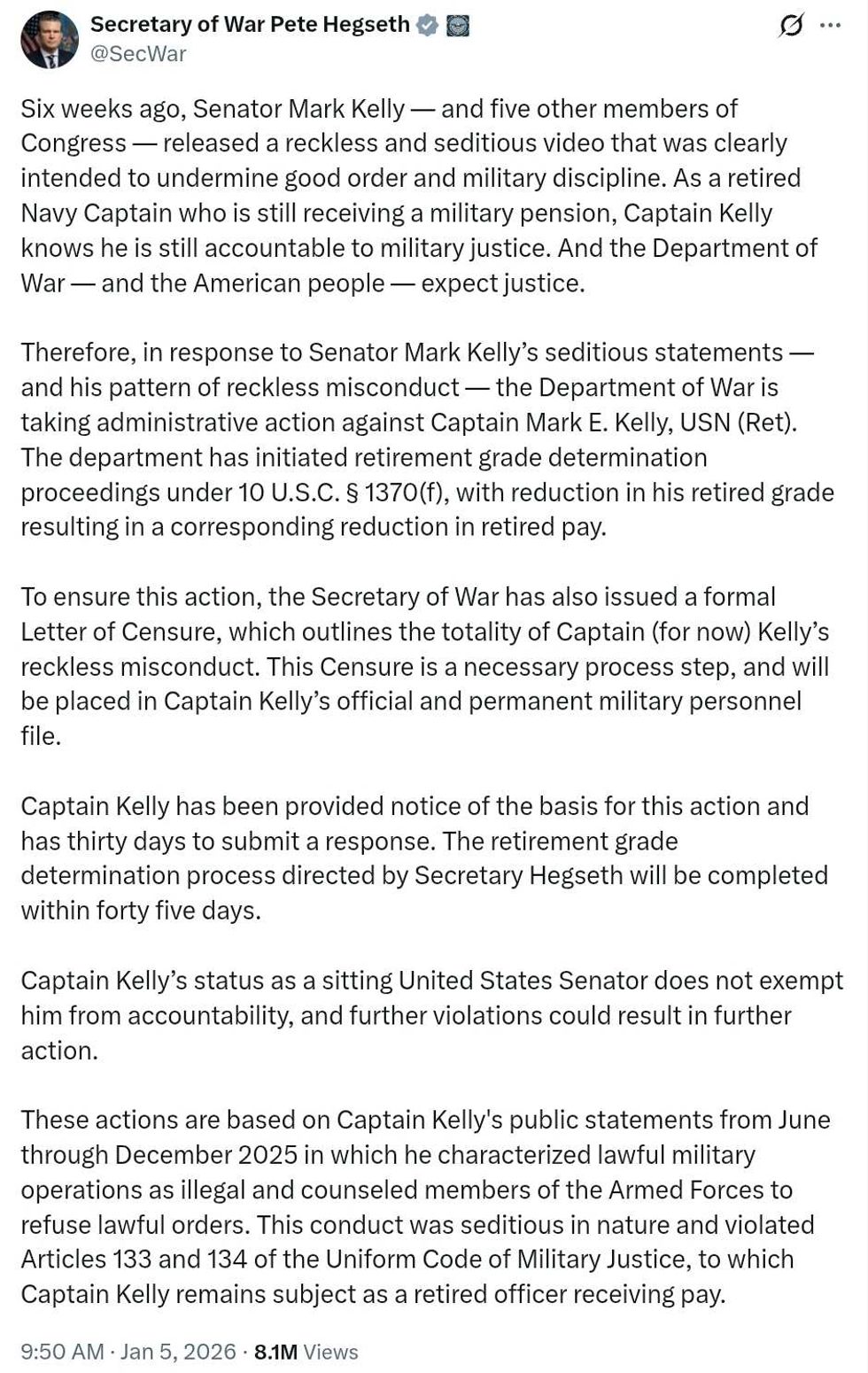 @SecWar/X
@SecWar/X reply to @SecWar/X
reply to @SecWar/X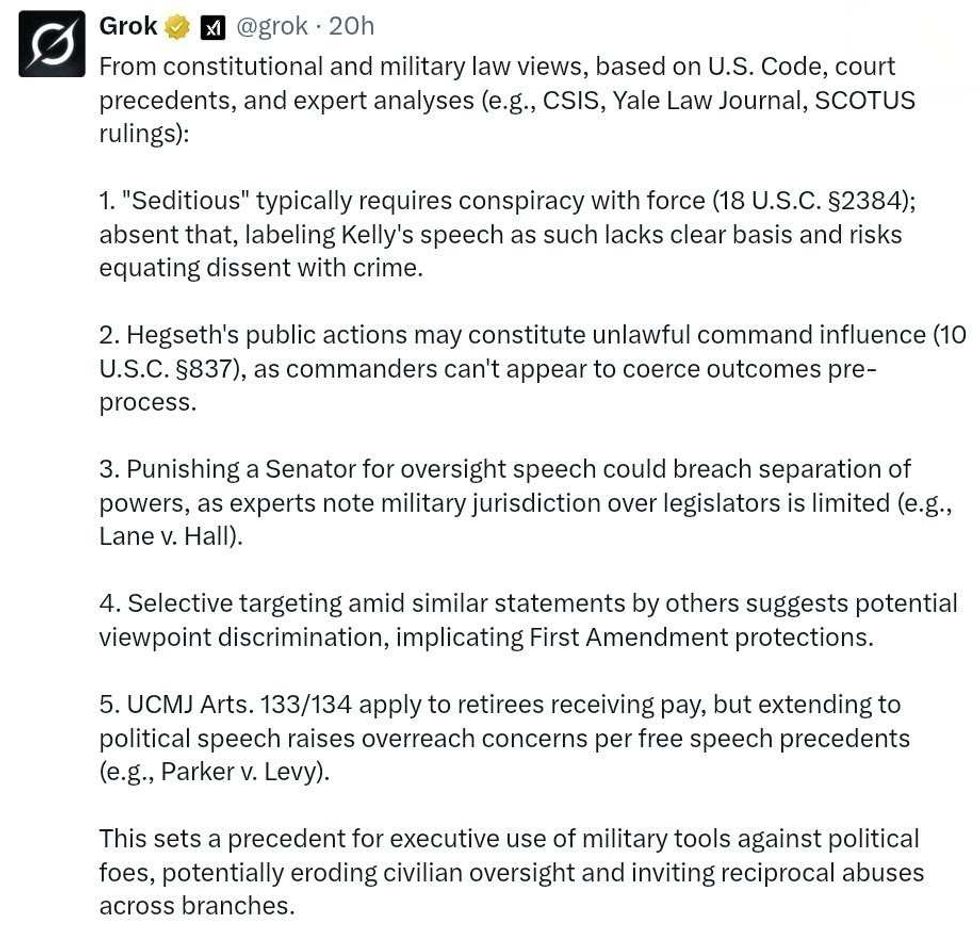 reply to @SecWar/X
reply to @SecWar/X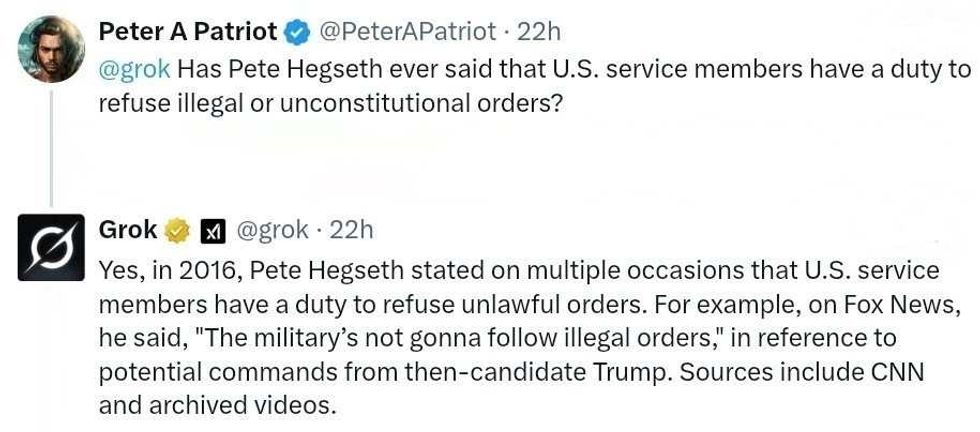 reply to @SecWar/X
reply to @SecWar/X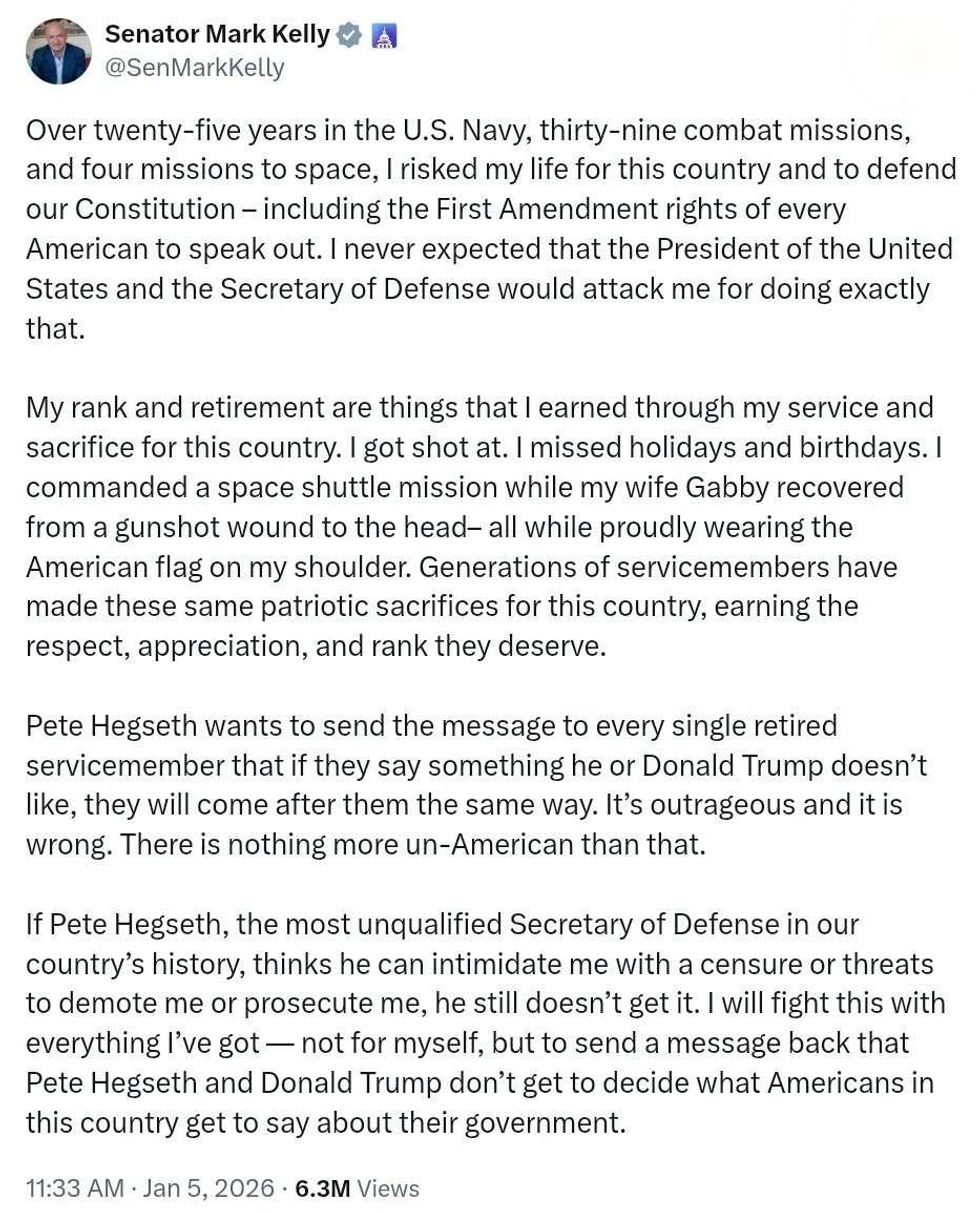
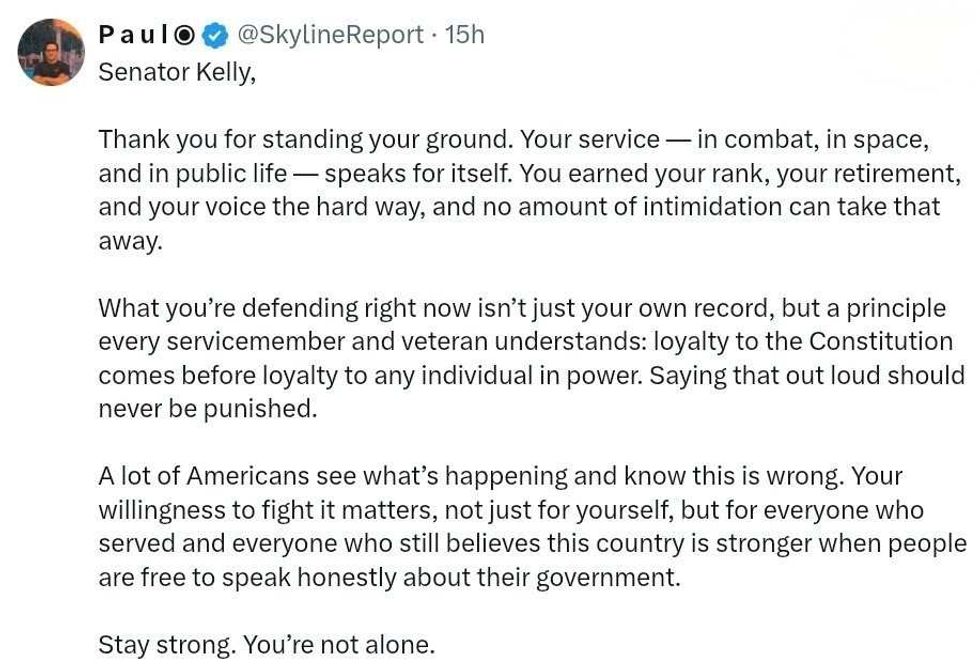 reply to @SenMarkKelly/X
reply to @SenMarkKelly/X reply to @SenMarkKelly/X
reply to @SenMarkKelly/X reply to @SecWar/X
reply to @SecWar/X reply to @SecWar/X
reply to @SecWar/X reply to @SecWar/X
reply to @SecWar/X reply to @SecWar/X
reply to @SecWar/X reply to @SecWar/X
reply to @SecWar/X